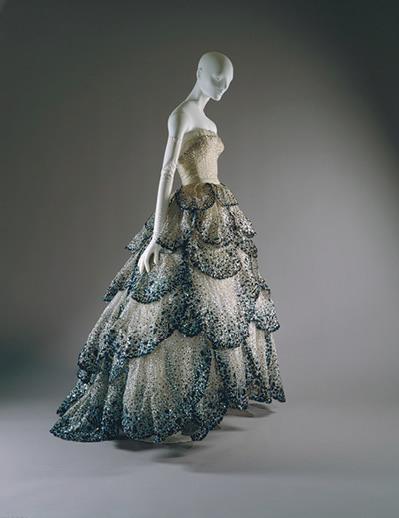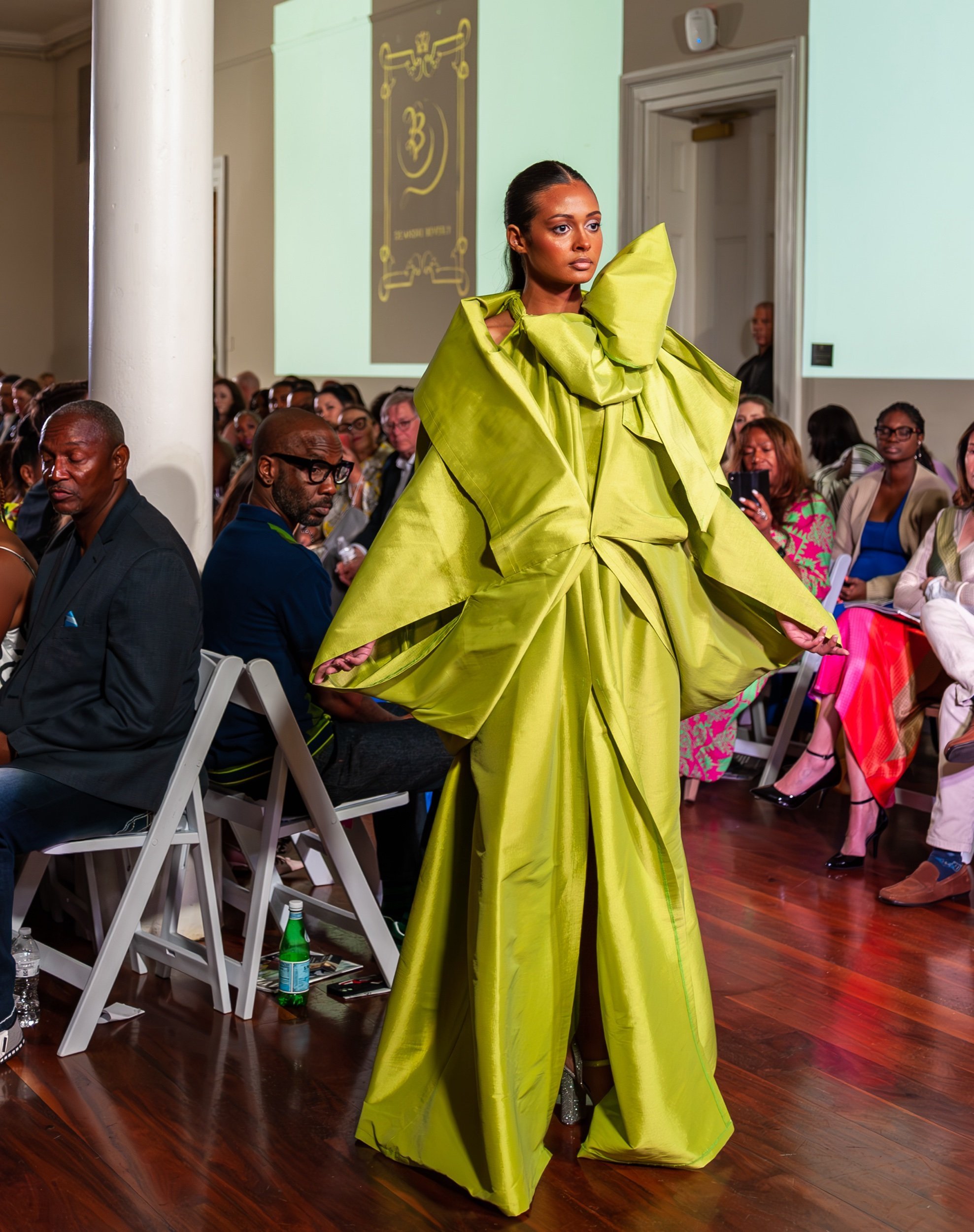How to Build a Season-Ready Look With Sedgars Designer Fashion
Wiki Article
Recognizing the Cultural Impact of Style on Culture and Identity
Fashion offers as a powerful lens where society and identity can be analyzed. It encapsulates social narratives, mirroring values and ideas across various eras. As designs evolve, they expose changes in social dynamics and specific expression. The interaction between custom and modernity increases concerns about credibility and influence. What effects does this ongoing change hold for individuality and more comprehensive cultural discussions? The solutions may disclose even more than simply fads.The Development of Fashion With History
Throughout background, style has actually often served as a reflection of social shifts and societal changes. From the sophisticated garments of old people to the structured silhouettes of the modern-day era, the development of fashion highlights the dynamic interplay between aesthetics and social context. The Renaissance marked a growing of creativity, with detailed styles and extravagant textiles representing riches and condition. The Industrial Revolution presented mass manufacturing, equalizing style and enabling more comprehensive accessibility to trends.In the 20th century, activities such as the Roaring Twenties and the counterculture of the 1960s showcased fashion's ability to challenge standards and express originality. Each decade brought unique designs that mirrored dominating perspectives, from the conventional post-war seek to the bold testing of the punk era. This ever-evolving landscape demonstrates that fashion is not just superficial; it is a significant lens with which to check out historic progression and societal values.Fashion as a Reflection of Cultural Identity

Standard Clothes Relevance
Conventional outfit works as a vibrant expression of cultural identification, enveloping the history, worths, and beliefs of a community. Each garment commonly informs a special tale, mirroring the customs and heritage gave via generations. Patterns, colors, and designs often represent local differences, showcasing the diversity within cultural groups. In many cultures, traditional clothes plays a crucial role in rituals and ceremonies, reinforcing social bonds and collective identification. Using such garments promotes a sense of belonging and satisfaction among individuals, connecting them to their origins. In addition, typical clothes frequently evokes nostalgia, functioning as a reminder of social origins amidst globalization. This importance highlights the long-lasting power of style as a medium for cultural expression and conservation in an ever-evolving world.Global Style Impacts
As cultures intermingle in an increasingly globalized world, the influence of varied fashion fads becomes evident, showcasing exactly how clothing mirrors cultural identification. Global style acts as a canvas where typical themes and contemporary styles merge, allowing individuals to reveal their heritage while welcoming modernity (Sedgars). Designers typically draw inspiration from different cultural histories, resulting in collections that commemorate variety and foster cross-cultural discussion. In addition, social media amplifies these fads, enabling fast dissemination and adaptation of designs worldwide. This dynamic exchange not only influences individuality but likewise forms social perceptions of culture. Ultimately, global fashion influences emphasize the interconnectedness of societies, highlighting exactly how garments not just serves aesthetic purposes however also functions as a powerful medium of social expression and identity
The Role of Fashion in Social Status and Class
Fashion acts as an effective sign of social condition and class, typically showing an individual's financial background. High-end brand names and designer tags are regularly considered as icons of wealth, while patterns can dictate social flexibility and influence understandings of success. Comprehending the relationship between fashion and course offers understanding right into broader societal dynamics and individual identities.Fashion and Economic Class
While social assumptions of economic course continue to evolve, the influence of apparel options in signaling social standing continues to be significant. Fashion functions as a visible marker of financial course, commonly reflecting one's social goals and economic sources. People may choose luxury brands or high-fashion things to insist their standing, while others might choose thrifted or more economical apparel to straighten with various social identities. Premium Fashion Sedgars. This connection between fashion and financial class forms social interactions, influencing just how individuals are perceived by peers and culture at big. Moreover, style patterns can perpetuate course differences, as access to certain designs typically relies on monetary methods. Inevitably, garments options remain an effective tool in expressing and guiding with the complexities of social classIcons of Standing
Clothes options often function as obvious signs of condition, reflecting not just individual design yet also social pecking orders. High-end brand names, elegant fabrics, and exclusive styles differentiate individuals within social strata, creating a tangible representation of wide range and advantage. Fashion is imbued with social importance, where specific things come to be markers of elite standing, such as developer bags or bespoke suits. These icons foster a feeling of belonging among the wealthy while concurrently alienating those outside their socio-economic circles. The exposure of these style selections can continue and reinforce stereotypes class divisions, as people typically judge others based upon outfit. Eventually, style functions as an effective medium that illustrates and applies social stratification, forming perceptions and identifications within society.Patterns and Social Flexibility
As social patterns change, the role of style in assisting in social mobility becomes progressively noticeable. Style frequently works as a marker of social condition, affecting perceptions and possibilities within different social strata. Individuals from lower socioeconomic histories might leverage fashion to acquire approval and recognition, utilizing style as a device for upward flexibility. On the other hand, the expansion of rapid fashion democratizes access to trends, allowing wider engagement in style culture. The exclusivity of high-end brand names can enhance class divisions, developing an intricate landscape where fashion both constricts and equips. Inevitably, the interaction in between fashion and social movement highlights the nuanced connection in between identification, economic condition, and societal understandings, forming how people browse their social environments.Style Trends and Societal Motions
Fashion fads often become representations of societal motions, illustrating the complicated interplay between society and individual expression. Throughout history, numerous fads have actually enveloped the spirit of their times, working as visual pens of social adjustment. As an example, the surge of punk style in the 1970s represented disobedience against authority, while the bohemian styles of the 1960s resembled a mission for flexibility and individuality.Moreover, motions such as feminism and environmentalism have influenced style options, leading to the popularity of sustainable brands and gender-neutral apparel. These fads serve not only to reveal individuality but additionally to communicate uniformity with wider societal reasons. As individuals take on specific designs, they frequently straighten themselves with the values and ideas represented by those trends, enhancing the connection between fashion, society, and social activism. In this means, style ends up being a powerful device for both private expression and collective identification.The Influence of Globalization on Fashion Options
Globalization has actually exceptionally transformed fashion options, enabling the smooth exchange of designs and social influences across borders. This interconnectedness has led to a rich tapestry of style that mixes traditional garments with contemporary styles from numerous societies. Therefore, customers currently have access to a broader variety of choices, enabling them to share their originality while at the same time accepting worldwide trends.Fashion brands have actually likewise adjusted to this globalization, usually incorporating diverse elements right into their collections to attract an international market. Additionally, social media systems have played a critical duty in enhancing these impacts, allowing fads to spread rapidly and be embraced worldwide.However, this cultural exchange elevates inquiries regarding authenticity and appropriation, as one-of-a-kind styles might shed their original relevance when commodified. Ultimately, globalization has reshaped style choices, cultivating a vibrant setting where social discussion and individual expression coexist, albeit with intricacies that warrant factor to consider.Lasting Fashion and Honest Factors To Consider
While the fashion industry has actually long been related to quick production and consumption, a growing focus on sustainability and honest factors to consider is reshaping its landscape. Consumers are significantly mindful of the social and ecological effects of their garments choices, triggering brands to embrace even more responsible methods. This shift includes making use of environment-friendly materials, minimizing waste with recycling, and making sure fair labor conditions.Sustainable style advocates suggest that the sector's traditional model, defined by quick fashion, contributes to considerable eco-friendly damages and exploitation. In feedback, many companies are executing transparent supply chains and prioritizing ethical sourcing.Furthermore, partnerships between designers and environmental organizations highlight the potential for style to cultivate favorable adjustment. By advertising mindful usage, the motion towards sustainable style urges customers to review their investing in behaviors, bring about a more mindful approach to individual design and identity. This evolution signifies a critical minute in redefining style's function within society.Personal Design and Individual Expression

Regularly Asked Inquiries
Just How Does Style Impact Mental Wellness and Self-worth?
Style substantially affects psychological wellness and self-confidence by forming private identity and self-perception. Positive self-expression through clothing can boost confidence, while social stress may result in stress and anxiety and dissatisfaction, impacting overall health and self-respect.
What Role Does Social Media Play in Current Style Trends?
Social network works as an effective stimulant for present fashion fads, Designer Store Sedgars enhancing visibility and access. Systems help with immediate sharing of designs, creating quick shifts in customer preferences and affecting designers to adjust to developing public tastes.Can Style Promote Inclusivity and Diversity Properly?
Fashion can properly promote inclusivity and variety by showcasing a variety of body identities, kinds, and societies. This method not just expands depiction but additionally fosters approval, enabling people to share themselves authentically within the fashion landscape.Exactly How Do Sex Norms Influence Style Choices Today?
Gender standards considerably shape modern style choices, often dictating designs regarded suitable for various genders. Premium Fashion Sedgars. This influence can strengthen typical assumptions or challenge them, as people browse individual expression within societal restrictions and advancing definitions of genderWhat Is the Future of Fashion in a Digital World?
The future of fashion in a digital world appears progressively intertwined with innovation, as online truth, expert system, and on-line platforms shape consumer experiences, challenge conventional retail, and redefine personal expression through innovative design and lasting techniques. The Industrial Change presented mass manufacturing, democratizing fashion and allowing broader accessibility to trends.In the 20th century, activities such as the Roaring Twenties and the counterculture of the 1960s showcased style's capability to challenge norms and share originality. Fashion commonly offers as a marker of social status, affecting assumptions and possibilities within different social strata. On the other hand, the proliferation of fast style democratizes access to fads, permitting more comprehensive involvement in fashion society. The surge of punk fashion in the 1970s represented rebellion against authority, while the bohemian designs of the 1960s echoed a pursuit for flexibility and individuality.Moreover, motions such as feminism and environmentalism have affected fashion selections, leading to the popularity of sustainable brand names and gender-neutral clothes. In addition, social media platforms have magnified diverse depictions of style, making it possible for individuals from numerous histories to showcase their style options.Report this wiki page